NASA’s Perseverance rover has made a groundbreaking discovery on Mars, revealing compelling evidence that the Red Planet may have once supported microbial life. In a recent analysis of a rock sample collected from the Jezero Crater, scientists identified mineral formations and chemical signatures that closely resemble those produced by microbial activity on Earth.
The Discovery
The sample, named “Cheyava Falls,” was extracted from the Bright Angel formation within the Neretva Vallis, an ancient river valley that once fed water into Jezero Crater. This region is of particular interest due to its potential to preserve signs of past life. Upon examination, researchers found reddish, clay-rich mudstones containing unusual mineral structures, including nodules and reaction fronts enriched in iron phosphate and iron sulfide. These minerals, identified as vivianite and greigite, are often associated with microbial processes on Earth.
In addition to these minerals, the sample contained organic carbon compounds—molecules that are the building blocks of life. The presence of these compounds, combined with the mineralogical features, suggests that the rock may have formed in a low-temperature, aqueous environment, potentially hospitable to microbial life billions of years ago.
Implications for Life on Mars
This discovery marks the most promising evidence to date of ancient life on Mars. While the findings are not definitive proof of past life, they represent a significant step forward in the search for biosignatures beyond Earth. Scientists emphasize the need for further analysis to confirm these results, particularly through laboratory studies on Earth, as current technology does not allow for definitive testing on Mars itself.
The potential for past life on Mars has profound implications for our understanding of life’s existence in the universe. If microbial life once thrived on Mars, it raises the possibility that life may be more common than previously thought, potentially existing elsewhere in the solar system or beyond.
Future Exploration
To confirm these findings, NASA plans to return the collected samples to Earth through the Mars Sample Return mission. However, this mission faces challenges, including funding uncertainties and logistical complexities. Despite these obstacles, NASA remains committed to advancing planetary science and exploring the potential for life on other worlds.
In the meantime, scientists continue to analyze the data collected by the Perseverance rover, seeking additional evidence that could shed light on Mars’ ancient past and its capacity to support life. The ongoing exploration of Jezero Crater and other Martian sites holds promise for uncovering more clues about the planet’s history and its potential to harbor life.
Conclusion
NASA’s Perseverance rover has provided the most compelling evidence yet of ancient microbial life on Mars. While definitive proof remains to be obtained, the discovery of mineral and chemical signatures consistent with biological processes offers exciting possibilities for the existence of life beyond Earth. As exploration continues, scientists remain hopeful that further studies will confirm these findings and deepen our understanding of life’s potential across the cosmos.

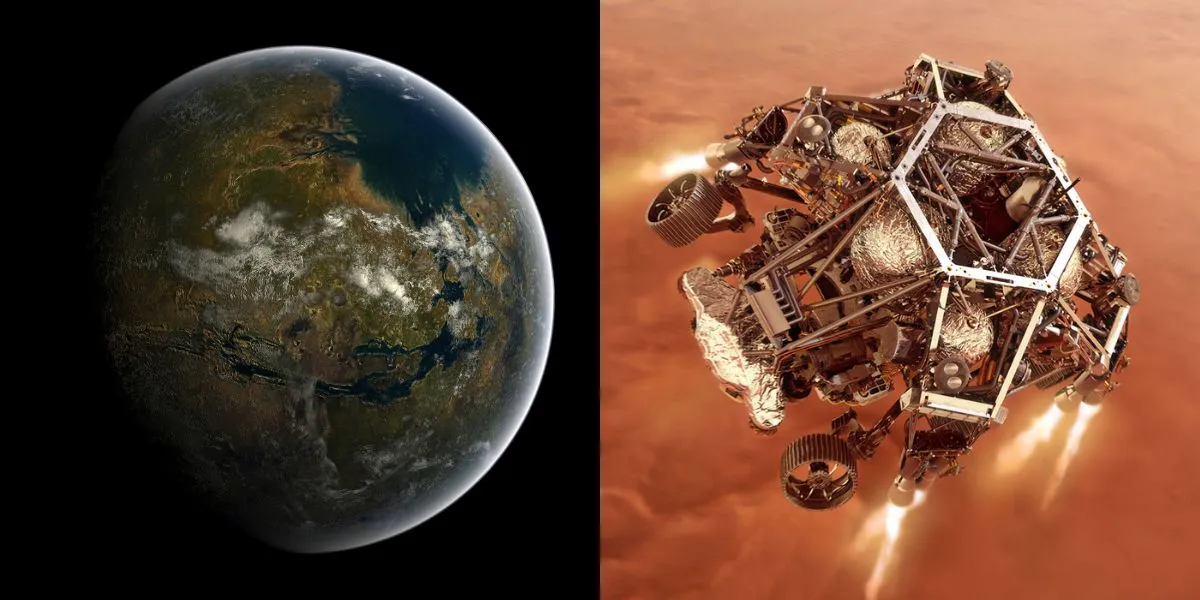
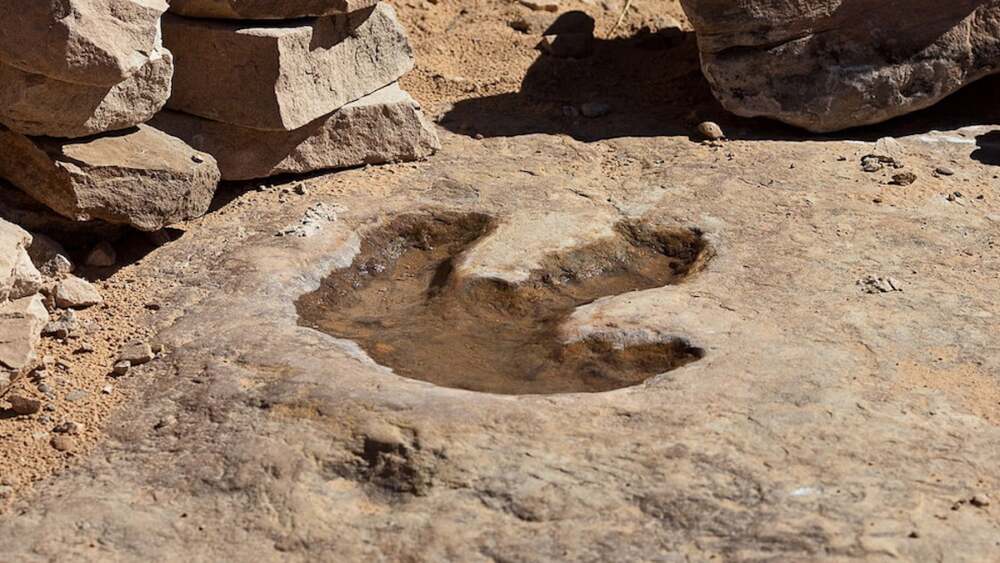

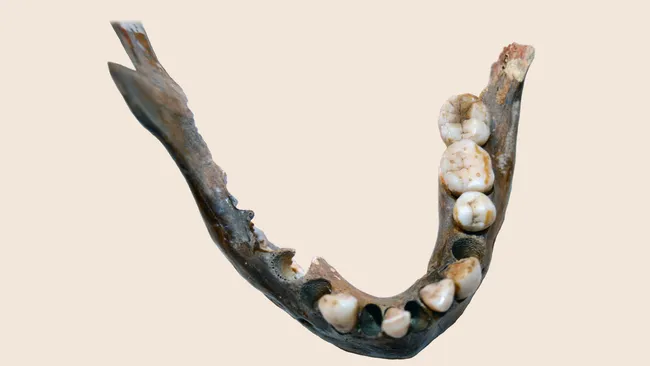

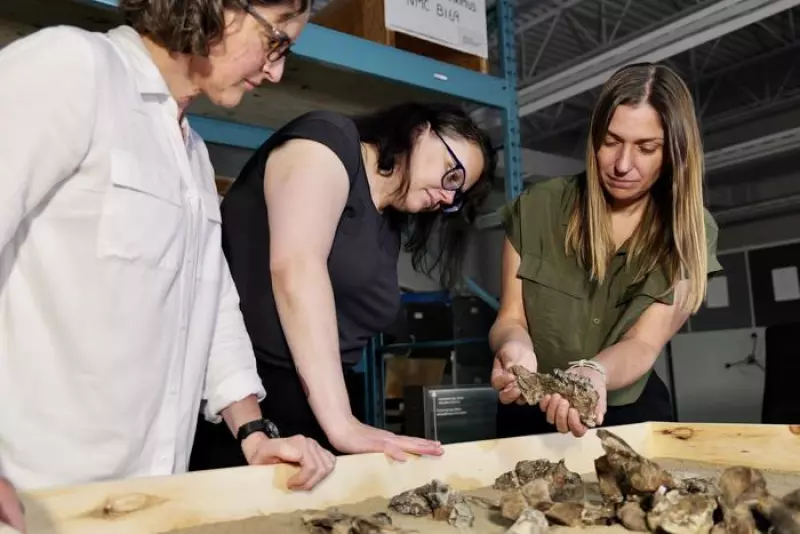



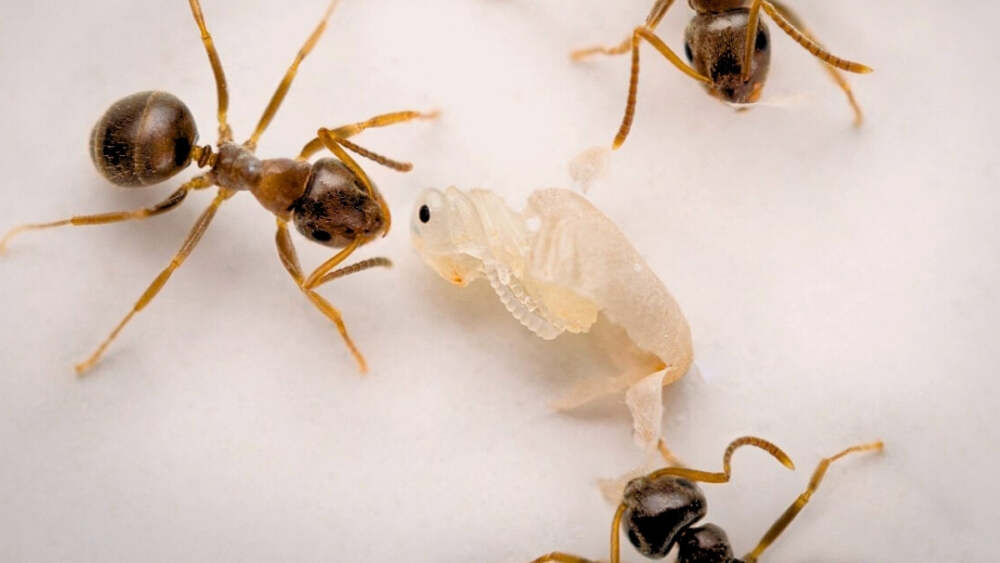
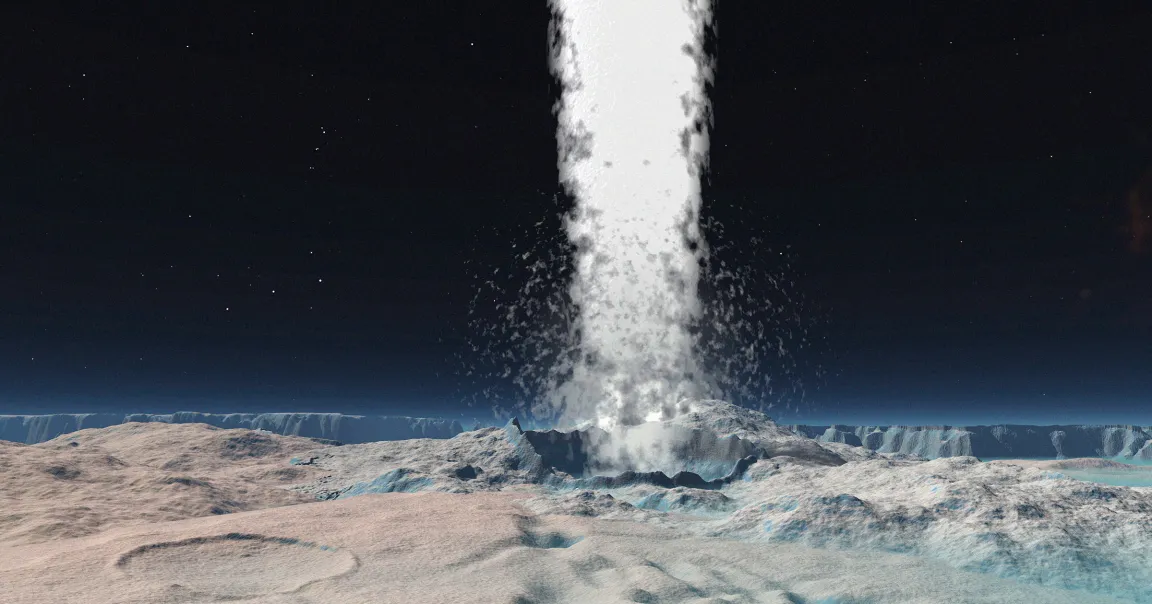




Leave a Reply